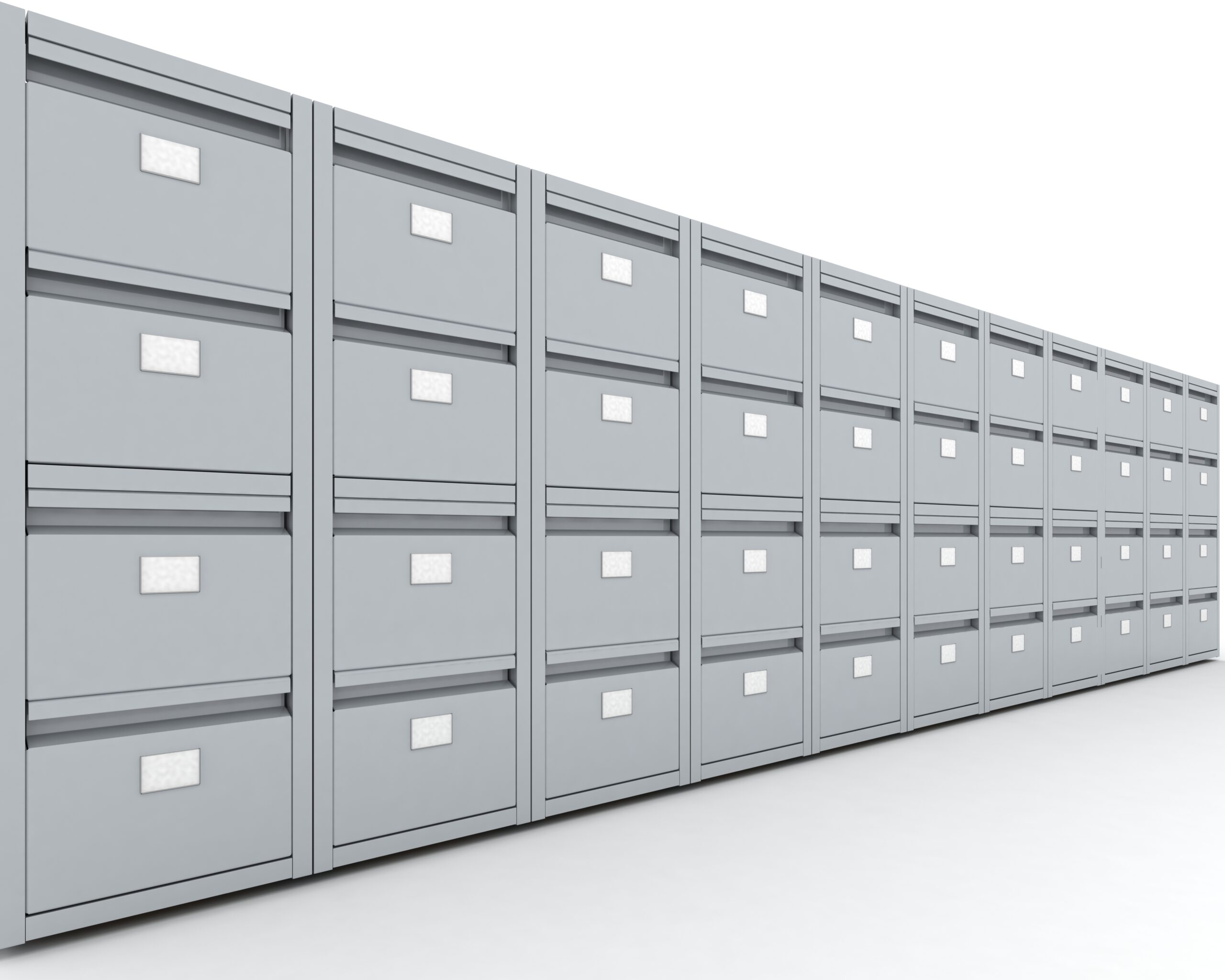Safety Deposit Box

Opting for a safety deposit box offers outstanding security features that home safes simply cannot match. It protects items like birth certificates, legal documents, and family heirlooms against theft, loss, and natural disasters.
Contents
Explaining Safe Deposit Box Basics
A safe deposit box offers a secure storage option within bank vaults. Individuals use it to safeguard valuables and important documents. This service capitalizes on the bank’s security systems.
Banks equip their vaults with advanced security features, such as time locks, biometric scanners, and surveillance cameras. Customers rely on these measures for peace of mind, trusting their most precious items are safe.
Bank security
Bank security measures are paramount for box holders. They provide an added layer of protection not typically found at home. Banks’ security protocols guard against unauthorized access.
In addition to physical safeguards, banks also implement strict access controls. They require identification and sometimes a key that the customer holds exclusively. This dual-control system significantly reduces the risk of theft or loss.
Historical context
Safe deposit boxes have served as a long-standing banking service. Their history dates back centuries, evolving alongside banking institutions themselves.
Originally, these boxes were used by merchants to store valuable goods and currency. Over time, they became popular among the general public for storing personal treasures and necessary documents. The evolution of bank vault technology has continually improved their security capabilities.
How Safe Deposit Boxes Operate
Accessing a safety deposit box typically involves a dual control system. This means both the renter and the bank employee must be present to open it. Renters receive a key upon signing the agreement.
Some banks now use keyless biometric systems for added security. To access your belongings, you must visit during banking hours, sign in, and sometimes provide identification.
Banks have strict protocols to guarantee no unauthorized access occurs. They log each visitation, adding an extra layer of security and accountability.
Rental agreements
Options for renting a safety deposit box include individual or joint agreements. Individual rental means only one person has access rights. This is suitable for personal items or documents that need to be kept private.
Joint rental offers flexibility, allowing multiple individuals access rights. This is often chosen by families or business partners who want to share the storage space for important documents or valuables. Each option has its benefits depending on the renter’s needs for privacy or shared access.
Access hours
One aspect of using a safety deposit box is understanding the limitation on access hours. Banks typically allow access only during their operating hours, which vary widely. This restriction means planning is important for items that may be needed unexpectedly.
Items to Store and Avoid
Understanding what to store in a safety deposit box provides the security of your most valuable items.
Irreplaceable documents, which are perfect for these secure spaces:
- Birth certificates;
- Marriage licenses;
- Property deeds.
They are required for legal processes and are difficult to replace if lost or damaged.
Small collectibles and family heirlooms also merit storage in a safety deposit box. Their emotional or monetary value often surpasses ordinary items, making them prime candidates for secure storage.
Unsuitable items
Certain things should not find their way into your safety deposit box. Storing cash is ill-advised as it does not earn interest over time. Similarly, investment documents might require quick access for decision-making purposes, rendering their placement in a safety deposit box inconvenient.
Protection measures
For items susceptible to water damage, consider using waterproof containers within your safety deposit box. This extra layer of protection provides that even in the event of a disaster, your valuables remain unscathed.
Access and Privacy Concerns
Privacy is the main advantage of using a safety deposit box. Access is strictly controlled and limited to the lessee and any individuals they have explicitly authorized. This setup guarantees that sensitive items discussed in the previous section remain confidential and secure.
Banks employ verification processes to safeguard access, requiring key presentations and identity verification. This dual-layer security means that even bank staff cannot open a box without the lessee’s key or explicit permission. Customers rest assured their valuables and documents are protected from unauthorized eyes.
Emergency access
The stringent access controls introduce challenges, particularly in emergencies. Since safety deposit boxes are located within banks, access is bound by bank operating hours. In sudden situations where immediate retrieval is necessary, this limitation poses significant hurdles.
If the lessee becomes incapacitated or passes away without informing anyone about the box or its contents. The process often requires court orders, further delaying access when time is of the essence.
Informing heirs
Lessees must take proactive steps to mitigate potential access issues for heirs or trusted individuals. It’s important to inform at least one trusted person about the safety deposit box’s existence and location. Adding a co-lessee or authorized signer makes access easier.
Documenting instructions on how to handle the box’s contents after one’s passing also prevents unnecessary legal complications. This foresight provides that important documents or valuables stored within the box support rather than hinder posthumous affairs.
Cost Considerations Explained
Many people prefer the safety deposit box when securing valuables. Yet the cost of renting one varies widely and is influenced by several factors. Understanding these always helps in making an informed decision that aligns with financial capabilities and needs.
The size of the safety deposit box significantly impacts rental costs. Banks and secure storage facilities typically offer a range of sizes, from small boxes adequate for documents and jewelry to larger ones capable of storing art pieces or extensive document collections.
Safety deposit boxes in urban centers or affluent neighbourhoods might have higher rental rates compared to those in less populated areas. This price variation is often reflective of the real estate values in the area, making location a factor to consider when estimating costs.
Free or discounted rates
These perks provide significant savings over time, making it beneficial for individuals to explore options available through their existing banking relationships. Encouraging comparison shopping among banks cannot be overstated.
Rates, sizes, and availability differ greatly from one institution to another. Some may offer promotional rates for new customers or additional services like insurance at no extra cost. Taking the time to compare offerings helps people find a safety deposit box that meets one’s security needs without overspending.
Considering the access and privacy concerns discussed previously highlights the importance of choosing a rental that fits budgetary constraints and offers adequate access rights and privacy levels. Balancing costs with these considerations provides that valuables are secured and, at the same time, accessible under desired terms.
Conclusion
Safety deposit boxes at banks and financial institutions offer a secure environment for storing valuable items, important documents like passports and insurance policies, and family heirlooms that you wish to protect from theft, damage, or loss.The De Krupe Law team knows the importance of knowing which items are suitable for storage in a safety deposit box. Their lawyers provide personalized legal services so clients understand what to store and avoid.


